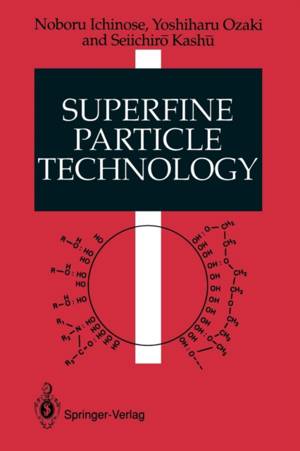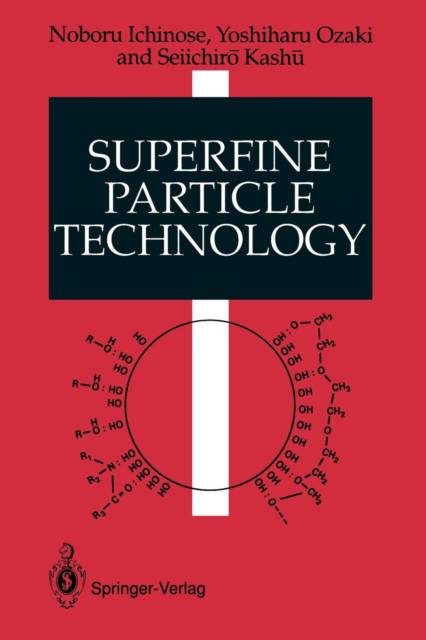
Je cadeautjes zeker op tijd in huis hebben voor de feestdagen? Kom langs in onze winkels en vind het perfecte geschenk!
- Afhalen na 1 uur in een winkel met voorraad
- Gratis thuislevering in België vanaf € 30
- Ruim aanbod met 7 miljoen producten
Je cadeautjes zeker op tijd in huis hebben voor de feestdagen? Kom langs in onze winkels en vind het perfecte geschenk!
- Afhalen na 1 uur in een winkel met voorraad
- Gratis thuislevering in België vanaf € 30
- Ruim aanbod met 7 miljoen producten
Zoeken
€ 76,95
+ 153 punten
Omschrijving
If a substance is repeatedly subdivided, the result is what are known as "microscopic particles". These particles are distinguished from the solid mass which they originally formed by the size of the surface area per unit weight. This simple difference holds true down to a certain lower size limit, and when this limit is exceeded, a new state of matter is reached, in which the behavior of the particles is quite different to that of the original solid. Particles in this state are termed "superfine particles", and are distinct from ordinary particles. The size of the superfine particles, that is to say the size limit below which particle behavior is completely different from the behavior of the original solid, varies a good deal depending on the physical properties of the substance in question. Properties such as magnetism and electrical resistance are closely related to the internal structural properties of the particles themselves, such as the magnetization processes of their respective magnetic domains, and the mean free path of charged bodies. This internal structure therefore limits the size of the superfine particles. In ceramic processing, on the other hand, the surface area of the particles themselves becomes an even more important factor than their internal structure. In this case, the size of the superfine particles is determined by the interaction between water and solvents on the surface of the particles.
Specificaties
Betrokkenen
- Auteur(s):
- Vertaler(s):
- Uitgeverij:
Inhoud
- Aantal bladzijden:
- 223
- Taal:
- Engels
Eigenschappen
- Productcode (EAN):
- 9781447118107
- Verschijningsdatum:
- 20/11/2011
- Uitvoering:
- Paperback
- Formaat:
- Trade paperback (VS)
- Afmetingen:
- 156 mm x 234 mm
- Gewicht:
- 335 g

Alleen bij Standaard Boekhandel
+ 153 punten op je klantenkaart van Standaard Boekhandel
Beoordelingen
We publiceren alleen reviews die voldoen aan de voorwaarden voor reviews. Bekijk onze voorwaarden voor reviews.









